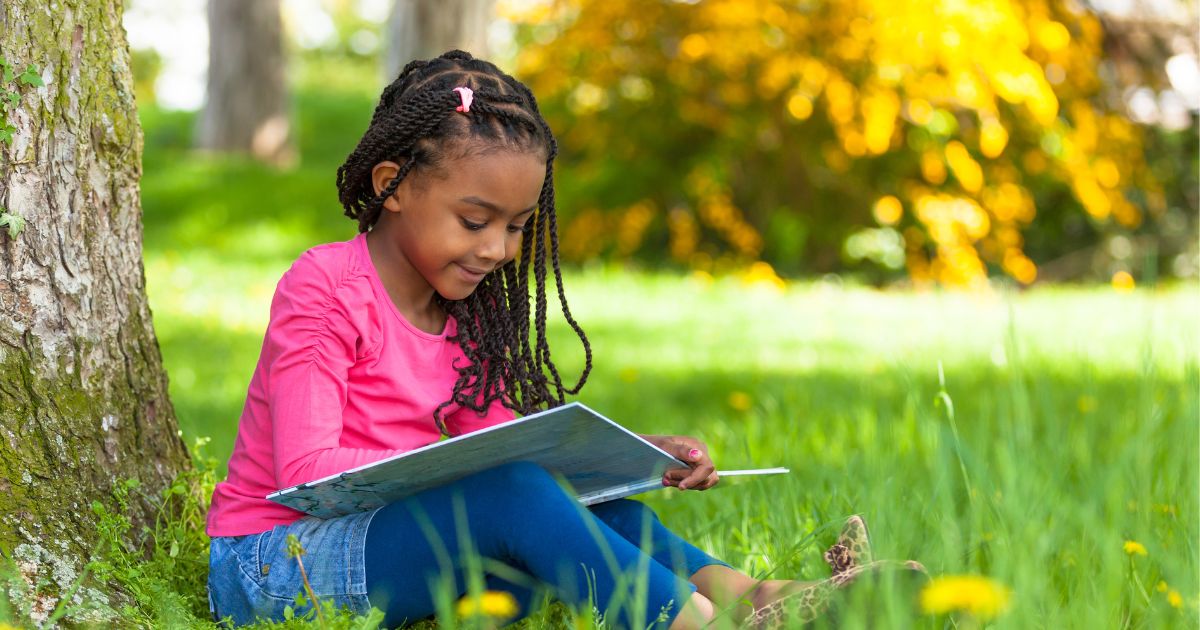Lazy summer days present the perfect opportunity to blend learning with fun. For homeschooling parents, the warm, sunlit days can spark curiosity and offer diverse learning experiences beyond the traditional classroom setup. With a bit of creativity and planning, you can turn a relaxing day into one filled with engaging educational moments that broaden your child’s understanding of the world.
Here’s a guide to practical and exciting summer learning activities to keep your kids engaged and curious.
Outdoor Exploration Adventures
Spending time in nature is a fantastic way to encourage natural curiosity and discovery. The outdoors offers countless opportunities for hands-on learning that feels more like play than study.
- Nature Scavenger Hunts
Prepare a list of items for your child to find during your outdoor adventures—leaves of specific shapes, rocks, insects, or flowers. Discuss the significance of each item they discover, from the role of bees in pollination to how to identify different tree species.
- Backyard Gardening Projects
Gardening is a great way to teach kids about biology, ecology, and even math. Show them how to plant seeds, measure plant growth, and identify insects that are beneficial to your garden. You can also talk about sustainability and how growing your own food benefits the environment.
- Birdwatching and Journaling
Equip your child with a pair of binoculars and a notebook. Help them observe local birds, jot down their characteristics, and research their behavior or migration patterns. This outdoor activity sharpens observation skills while introducing them to the world of wildlife biology.
Incorporate STEM Activities
Summer is an excellent time to explore STEM (science, technology, engineering, and math) activities in a fun, hands-on way. Experiments and projects that engage young minds are sure to be a hit.
- Build a Water Bottle Rocket
Help your kids design and build a water bottle rocket using recycled materials. This project teaches basic physics principles like propulsion and aerodynamics while offering a fun outdoor activity.
- Science Experiments With Everyday Objects
Conduct simple experiments using household items. For example, teach about density by layering liquids like oil, water, and honey in a jar or discover chemical reactions with a baking soda and vinegar volcano.
- Lego or Block Challenges
Set a challenge like building the tallest tower or creating a model bridge. Discuss structural integrity and design principles as they work through their creations.

The Role of Reading in Summer Learning
Reading is an essential activity year-round. During lazy summer days, it becomes even more enjoyable as children can choose books that ignite their curiosity or match their personal interests.
Organize a summer reading challenge for your kids. Create a list of fun, educational books that align with your homeschool curriculum or introduce new topics. For example, stories about historical figures, science fiction novels, or picture books about different cultures can spark interest in learning more about the world.
Extend reading into broader activities. After finishing a book, encourage your kids to write their own short story inspired by it, draw illustrations of their favorite scenes, or act out parts of the story with family or friends. This combination of reading and creativity deepens both comprehension and engagement.
Creative Arts and Crafts
Channeling creative energy into arts and crafts is not only fun but also an impactful way to develop fine motor skills, improve focus, and explore cultural topics. Plus, artistic projects offer valuable opportunities for self-expression.
Encourage your child to try homemade crafts that reflect different areas of learning. For example, create a family tree diagram to discuss genealogy or make a papier-mâché replica of the earth for an engaging geography lesson. Even simple painting sessions can evolve into lessons about color theory or famous art movements.
Cook Up Some Learning With Kitchen Activities
The kitchen is an often-overlooked classroom. Cooking and baking offer a remarkable blend of science, math, and life skills. On a summer afternoon, involve your kids in preparing a meal or snack.
- Talk about the science of baking, such as how yeast helps dough rise or why certain ingredients need to be measured precisely.
- Discuss fractions when measuring ingredients. For example, ask how many 1/4 cups equal a full cup.
- Introduce cultural studies by cooking dishes from around the world and learning about the countries they originate from.
These simple but effective kitchen activities ensure kids not only learn but also develop an essential life skill.
Music and Movement
Summer learning doesn’t have to be stationary. Music and movement allow for kinetic learning, which helps children process information more effectively.
Spend time exploring different musical instruments or genres. You could introduce your child to classical composers, traditional music from other cultures, or modern music techniques. To keep it interesting, encourage your kids to compose their own songs or beat rhythms on homemade instruments like pots and pans.
Movement activities can include learning folk dances from around the world or practicing rhythmic gymnastics. These activities allow children to connect their learning to their physical movements, making the experience more memorable.
Writing and Storytelling Activities
While summer is the ideal time to give kids a break from heavy writing assignments, it should still offer avenues for creativity and expression. Consider engaging them in storytelling, journaling, or writing their own plays.
Storytelling can uncover your child’s imaginative side. Give them a prompt like “What would happen if animals could talk?” and encourage them to build their own world around that idea. For younger kids, verbal storytelling paired with illustrations can help jump-start their creativity.
You can also focus on journaling to give your child a productive way to reflect on their summer experiences. A small travel notebook can become the place where they document family outings, personal thoughts, or even things they learn during the summer.
Explore Locally
A lazy summer day is a perfect time for exploring your local area, which can lead to surprising educational opportunities. Visits to local museums, parks, and historical landmarks help children connect their homeschooling lessons to the real world.
For example, a history museum might coincide with a lesson on early civilizations, while a local science center can provide hands-on exhibits that complement lessons in physics or biology. Even a trip to the farmer’s market can become educational when discussing locally grown produce or the economics of small businesses.
Encourage your child to follow up the trip by creating a visual report of their experience. They could make a scrapbook, prepare a presentation, or even design a map highlighting the places they visited and what they learned.
Soak Up The Sun While Learning!
Turning a lazy summer day into a meaningful learning experience doesn’t need to be complicated. Each idea outlined here blends enjoyment with education, providing opportunities for growth in a pressure-free, fun environment. Whether it’s through nature, art, science, reading, or discovery, the value lies in creating a supportive space where children can thrive, explore their interests, and develop a lifelong love for learning. Summer learning activities give your family the chance to bond, innovate, and learn together—all while soaking up the sunshine!





